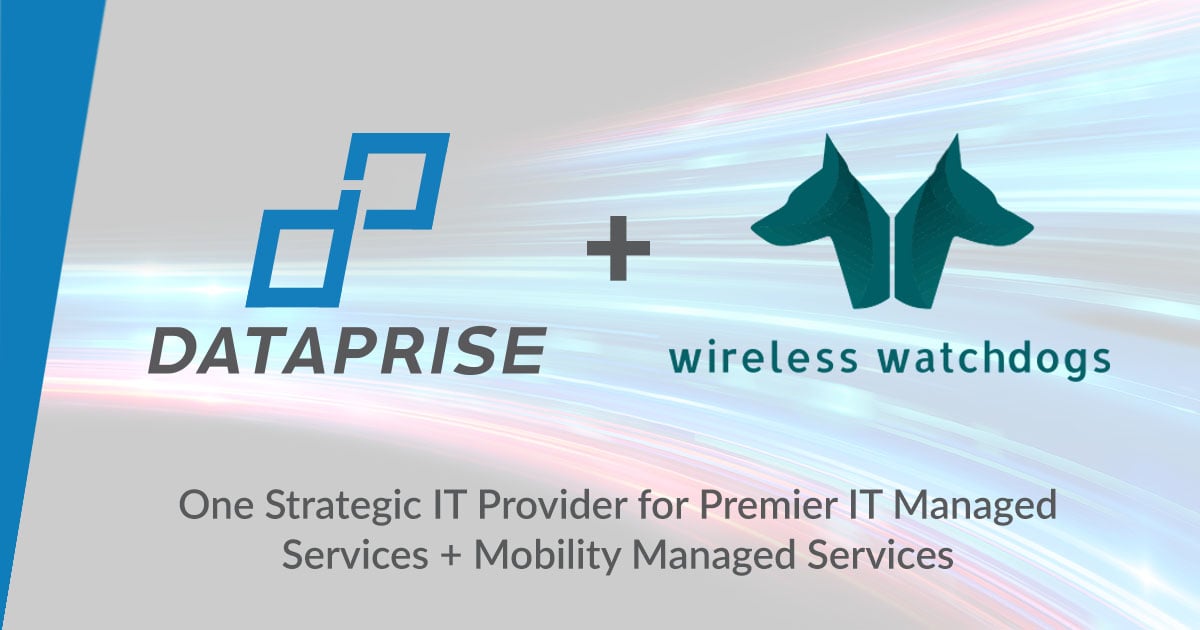Over the past two to three years more employees have begun to bring their own mobile devices to work. In fact, nearly 80 percent of employees now bring their own personal devices to work. A multitude of managed mobility services (MMS) have appeared in the past two years alone to help enterprises manage the overflow of different mobile devices accessing private networks and sensitive company information. Now enterprises are relying on MMS to handle everything from mobile email to mobile applications.
There is certainly no longer a shortage of MMS options in the market, which has driven down their costs significantly and obviously benefits companies of all sizes. However, there are more things than price that a company need to consider when choosing an MMS.
Here’s what business executives should do when choosing a managed mobility service or compete managed mobility solution:
1. Determine Current Mobile Requirements
When evaluating an MMS, the first thing a company should do is determine if the MMS will easily fit into their current landscape of applications and IT systems being used. Whether the MMS fits the size and scope of the company’s needs and long-term objectives should also be determined. The MMS should be compatible with existing data and mobile device security networks and requirements, too, as well as the operating systems most users will have on the mobile devices they’ll be using. Determining who will internally manage the deployment and everyday operations of the MMS, or whether the MMS provider will manage it for the company, is also vitally important.
2. Ensure the MMS Has the Appropriate Integrations
The right MMS will have all the integration capabilities a company needs, with little to no need for manual processes. An MMS should integrate smoothly with all other existing IT management systems within a company, such as directory services, reporting systems, content management platforms, email and mobile app managers, security applications, and others. Otherwise, the company will have to procure and deploy other systems as well, which could end up being very costly and time-consuming and potentially negate all of the cost benefits of an MMS purchase in the first place. It’s also imperative that the MMS a company is considering integrates well with its cloud services, its mobile device security systems, and its entire mobility strategy.
3. Ask About the MMS’s Customizability
Every business is unique when it comes to what it needs in an MMS. Every business has its own set of platforms and integrations and there is no one-size-fits-all MMS solution out there. MMS vendors that allow a company to customize its services and pay for what it needs and not what it doesn’t should always be at the top of the list. An MMS should be able to be built entirely around an enterprise’s current IT infrastructure, and supported as little or as much as the company needs once it’s deployed.
4. Seek Out a Managed Mobility Service Built for Scalability
An managed mobility service should be built for scalability, especially when it’s being considered by mid- to enterprise-sized organizations. It’s important to remember that mobile technology is always expanding and changing, and the number of mobile users an organization has at any given time will fluctuate long-term, too, along with the size and needs of a business. Considering whether an MMS has the capability to grow along with global company mergers and large company acquisitions is something that should be considered as an enterprise thinks about its potential market and employee growth.
5. Look for MMS Providers with Good Track Records and Reviews
Although the MMS market is booming, it’s still newer than a lot of other technology services markets out there. Looking for an MMS provider that has a good customer service track record is very valuable right now. Some MMS providers will come and go quickly as they merge and divide, which can leave a wake of customers bouncing from one provider to the next. Deciding on an MMS provider that has stuck with most of their customers for a long amount time will be ideal for companies that need a loyal provider. Companies should also check out reviews of MMS providers on social media and reliable business rating sites. Having a consistent stream of positive customer reviews will mean an MMS provider will be reliable and customer-service oriented.
6. Figure Out What Kind of Support an MMS Offers
Does the MMS provider offer 24/7/365 international support to their customers? Do they have the ability to handle any issues company users are experiencing at any time, regardless of where they’re located? If a company has an extended remote workforce that has operations in locations across the globe, this is a critical element to consider when choosing an MMS provider. Global on-demand support is especially important for companies on the brink of global expansion.
While there are a lot of MMS providers out there, ultimately companies should consider the MMS provider that is best suited for their individual needs -- and this list should go a long way to making sure the right choice is made.
If you're in the market for managed mobility services for your company, we're certain you're doing your due diligence and carefully considering your options. As part of your search, we invite you to demo the Wireless Watchdogs suite of services and see how we can ease your path to the mobile future. Click here to request a demo, and we'll be in touch very soon.








